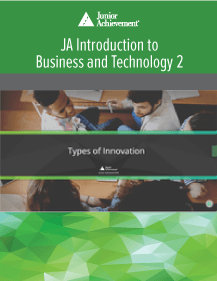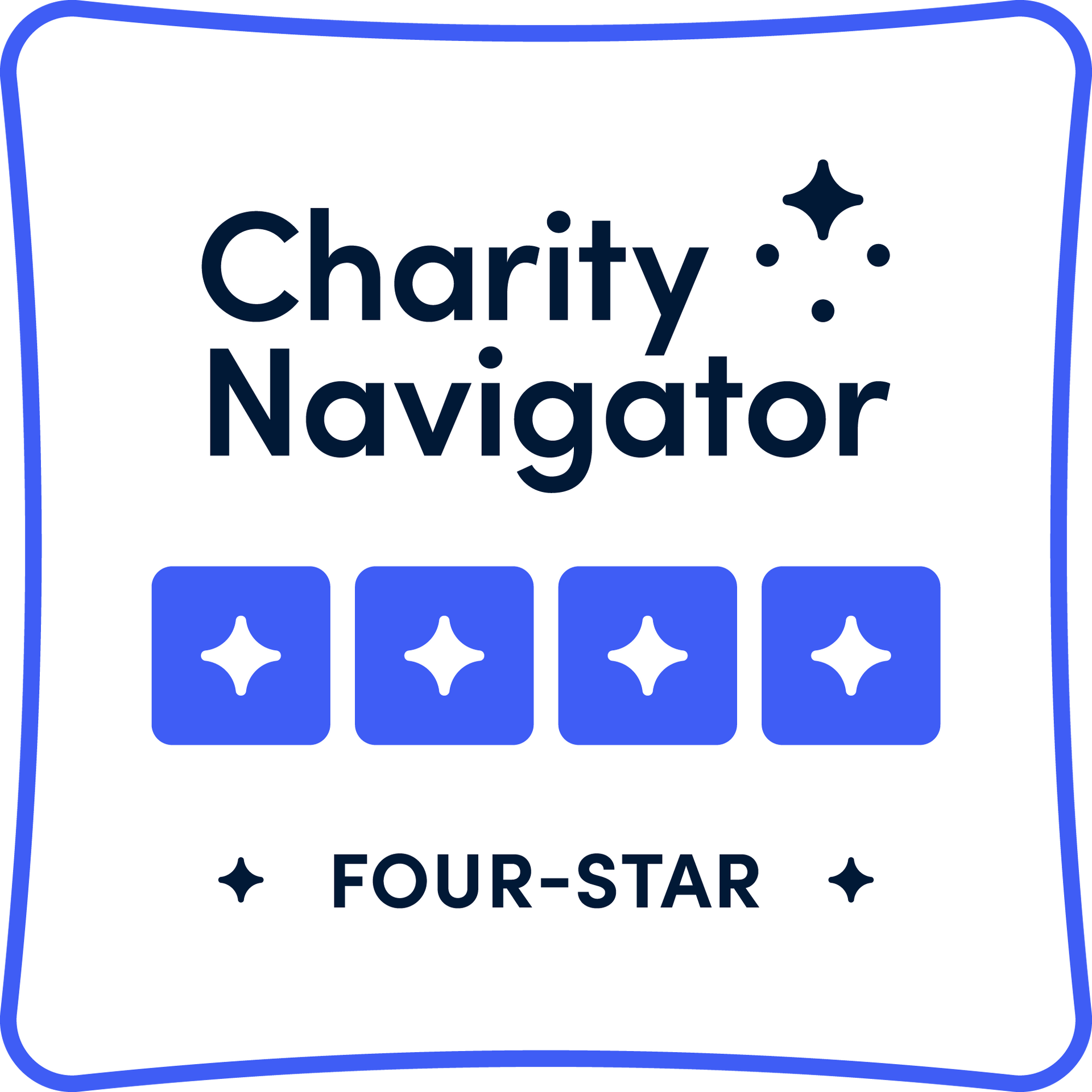| JA Introduction to Business and Technology 2
A JA High School Experience Course
JA Introduction to Business and Technology 2 is a one-semester teacher-led course that introduces high school students to the basic skills necessary to succeed in business. Themes include personal skills like innovation, management functions, and accounting. Students also learn basic technical skills like how to use word processing, presentation software, and spreadsheets effectively. Volunteers engage with students through a variety of activities that includes subject matter guest speaking and coaching or advising for case study and project course work.
Students will:
- Learn the necessary concepts applicable to state and national educational standards.
- Apply these standards-based concepts to the real world.
- Synthesize elective concepts through cumulative, tangible deliverables (projects).
- Analyze a business situation or principle through the use of a case study.
- Demonstrate the skills necessary for future career pathway success.
Pillars of Student Success
Entrepreneurship
HIgh
Financial Literacy
Moderate
Work Readiness
High
Program Concepts
Accounting, Accounting cycle, Accounting software, Analytics, Annual reports, Balance sheets, Cash flow, Customer analysis, Debits and credits, Development of a product or service, Digital marketing, Double entry accounting, Finance, Financial reporting, Financial statements, Generally Accepted Accounting Principles, Consistency, Income statements, Information organization, Ideation evaluation, Innovation, Interpersonal skills, Leadership plan, Leadership styles, Leadership traits, Marketing, Market analysis, Market research, Management skills, Objectives, Organization charts, Performance standards, Planning, Product, Product placement, Pricing, Profitability, SMART goals, Skepticism, Situational leadership, Surveys, Target market, The control process, The marketing mix, The 4 Ps, The finance cycle, The Ideation process, The accounting equation
Program Skills
Analyze calculations, Analyze information, Analyze results, Analyze situations, Brainstorm ideas, Calculate accounting records, Compare traits, Complete a survey, Complete research, Consider a problem, Defend an opinion, Designate tasks, Develop objectives, Discuss in groups, Draw conclusions, Evaluate ideas, Evaluate information, Evaluate leadership traits, Gather information from potential customers, Identify a need, Make connections, Present information, Propose a solution, Record business transactions, Research information, Review case studies, Review information, Review innovations, Self-evaluate, Set SMART goals, Solve problems, Think creativity, Think critically, Vet ideas, Work in groups, Write and conduct a survey
Program Sessions
THEME 1: INNOVATION
THEME 2: FUNCTIONS OF MANAGEMENT
THEME 3: MARKETING
THEME 4: ACCOUNTING
Case Study: Goal Cascading
Students learn the difference between responsibility and accountability for individuals and for businesses. Students examine a scenario in which a business looks for ways to engage employees in its goal of helping the community. Students use a goal cascading matrix to establish goals for workgroups and individuals within the business to help employees see and understand the larger goals and their role in accomplishing them.




